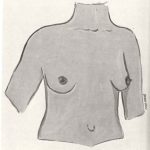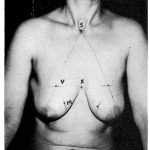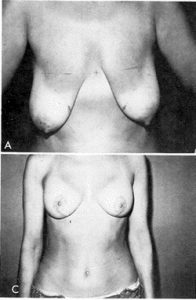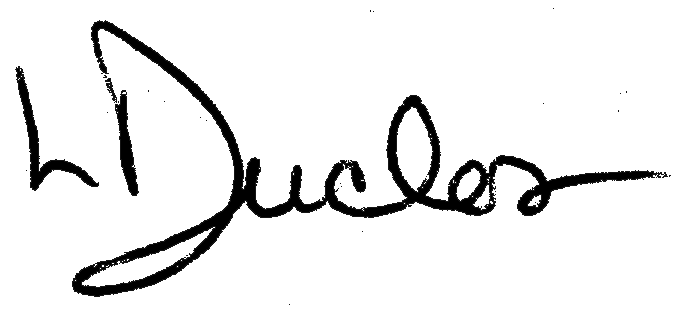Today I would like to talk to you about breast ptosis. This classification of breast ptosis was invented by Dr. Paule Regnault, a plastic surgeon in Montreal between the 1970s and 1980s. She published this classification in 1976.
This classification helps to advise the best surgical approachfor each woman who consults for breast ptosis or pseudoptosis.
The so-called “normal” breast is generally located between the second intercostal space and the sixth rib. The nipple is located opposite the fourth or fifth intercostal space. In addition, it is usually located above the inframammary fold of the breast (also called the fold under the breast). Note that the breast is made up of several anatomical elements: the gland itself, fat, the nipple and the skin. Depending on various causes, these different parts can collapse together or separately. The main causes being pregnancy, breastfeeding, weight loss, elasticity which varies from one individual to another and which is specific to each, presence of stretch marks, breast size, etc.
Normally, the nipple, skin and gland together follow the influence of gravity. They descend at the same time, rotating around the inframammary fold: the distance from the nipple to the fold increases very little while the distance from the nipple to the clavicle lengthens more and more. The relationship between the inframammary fold and the location of the nipple is the most important to consider because it makes it possible to define true or complete ptosis of the breast and its degree. It also makes it possible to distinguish pseudo ptosis from partial ptosis.
There are in fact 3 degrees of breast ptosis:
- Lightweight
- moderate
- severe
 There is also pseudo ptosis.
There is also pseudo ptosis.
Pseudoptosis is noticed when the nipple is located above the inframammary fold. This occurs following pregnancy or weight loss. In fact, the breast is empty. At this time, breast augmentation can fill the void. No breast lift is usually required.
Mild or moderate ptosis
 Ptosis will be described as mild when the nipple is at the height of the inframammary fold of the breast. It will be described as moderate when the nipple is located below the inframammary fold but above the lower contour of the breast.
Ptosis will be described as mild when the nipple is at the height of the inframammary fold of the breast. It will be described as moderate when the nipple is located below the inframammary fold but above the lower contour of the breast.
Severe ptosis
 Finally, ptosis will be described as severe when the nipple is located under the lower contour of the breast and is directed downwards. When it comes to severe ptosis, breast augmentation can restore shape to the breast but a breast lift must be done. The technique usually used is that of the boat anchor, i.e. a scar around the areola, vertical and under the breast. The other option is to do a boat anchor lift without implants.
Finally, ptosis will be described as severe when the nipple is located under the lower contour of the breast and is directed downwards. When it comes to severe ptosis, breast augmentation can restore shape to the breast but a breast lift must be done. The technique usually used is that of the boat anchor, i.e. a scar around the areola, vertical and under the breast. The other option is to do a boat anchor lift without implants.
Example of treatment in the case of moderate ptosis
 For this treatment as you can see in the photo opposite, the incision follows the drawing. The epidermis alone is removed at the upper part and the dermis is incised up to the level of the nipple. These two key sutures allow the breast to close below the level of the areola, forming a curved scar. The edges are uneven and the pleats should be gathered aesthetically. They may remain visible for a few weeks.
For this treatment as you can see in the photo opposite, the incision follows the drawing. The epidermis alone is removed at the upper part and the dermis is incised up to the level of the nipple. These two key sutures allow the breast to close below the level of the areola, forming a curved scar. The edges are uneven and the pleats should be gathered aesthetically. They may remain visible for a few weeks.
Example of treatment in the case of severe ptosis
 This 34 year old patient in photo A and one year later in photo C.
This 34 year old patient in photo A and one year later in photo C.
The infection is exceptional. Only minor inflammation occurs at the suture lines. The hematoma is exceptional. Patients are advised to remain quiet and restrict shoulder movements for at least 48 hours.
Example of pseudoptosis with breast augmentation
pseudoptosis for which a 455 ml UHP silicone breast augmentation was performed. It can be noted that the void has been filled by the implant. In addition, an invaginated nipple treatment in the right breast was performed.
Do not hesitate to contact me on the contact page for a clinic appointment and receive personalized advice for the treatment of mild, moderate or severe ptosis.
 Dre Lucie Duclos
Dre Lucie Duclos
Cosmetic surgeon



